- the article provides an overview of authoring shaders in HLSL
- shows the building blocks of the language
- additionally shows how to integrate it into the different Unity systems
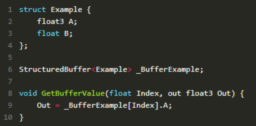
- the article explains what Signed Distance Fields (SDFs) are
- how they are used and what kind of effects can be achieved from a single SDF texture
- additionally shows the implementation of the effects in Unreal visual shader graph
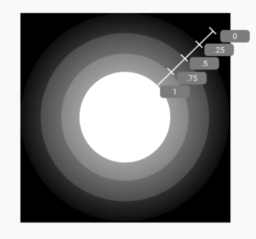
- the video recording from the Siggraph 2018 has been released
- covering ocean foam generation, shallow water simulation, and flowing water
- cloud rendering based around geometric shapes, blurring, and pixel shading on the projected volumes
- how to generate and simulate the 3D ropes based around parabolics
- tentacle animation driven from exported vertex animation data, with runtime partial resimulation
- brief look at the lightning implementation based on L-Systems
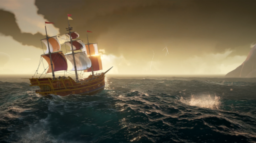
- the blog post presents the setup of a frame for VR rendering (Oculus Quest)
- presents the techniques applied for latency reduction

- the article presents how to distribute Monte Carlo errors as blue noise in screen space
- storing precomputed permutation with runtime retargeted seeds
- includes a compute shader implementation of the retargeting pass
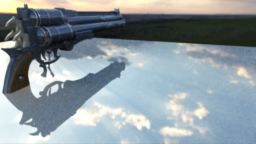
- the post presents an overview of different rendering pipeline architectures (Forward, deferred, visibility, …)
- discussing the different trade-offs of the techniques
- additionally clarifies the choosing the proper techniques depends on many factors and need to be analyzed for each game/team
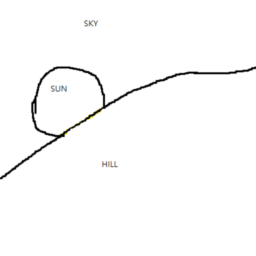
- suggests using a PCG hash function as default for GPU based hash/random functionality
- brief introduction to the techniques
- additionally provides a link to a paper that goes into more detail about various techniques
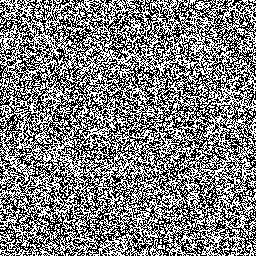
- the video explains how partial derivatives are calculated in pixel shaders
- theses partial derivates are used for UV level selection
- additionally presents for what kind of effects these functions can be used
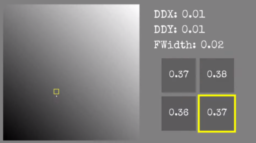
- the article presents an overview of Vulkan secondary command buffers
- clarifying what restrictions exist
- shows how the extension relaxes the restrictions and allows secondary command buffers to inherit the viewport state
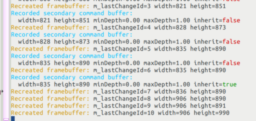
- Two Minute Paper presenting an overview of Procedural Physically-based BRDF for Real-Time Rendering of Glints (covered in the week 150)
- shows the different demo applications and how it compares against non-realtime techniques
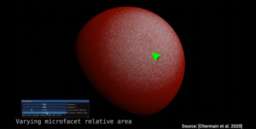
- the author presents his learning about Gamut Clipping
- based on the Oklab color space
- additionally provides an interactive shader toy to allow experimentation with the technique
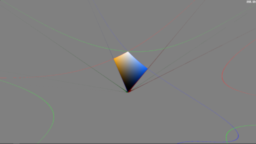
- the post presents a divergence-free noise generation technique (such as curl noise)
- the presented technique needs only 2 gradients (curl noise needs 3)
- shows how to optimize the technique and compares it to other noise types
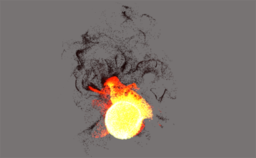
- the article shows how to compact DXR acceleration structures
- the process is run on the GPU over a few frames
- presents how the process works, what synchronization and lifetime factors need to be considered
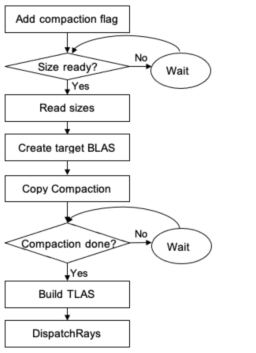
Thanks to Joakim Dahl for support of this series.
Would you like to see your name here too? Become a Patreon of this series.